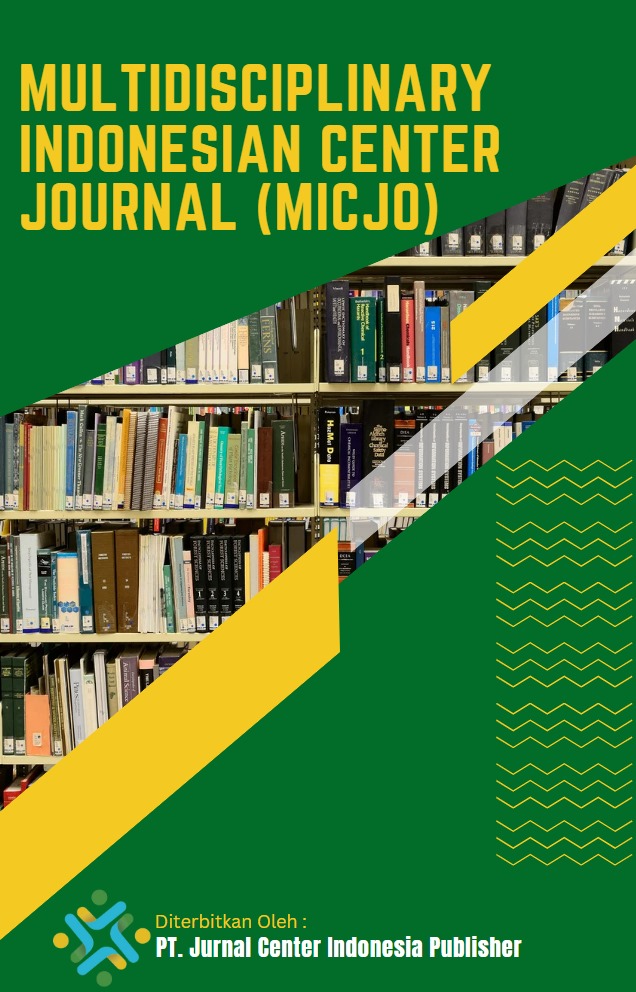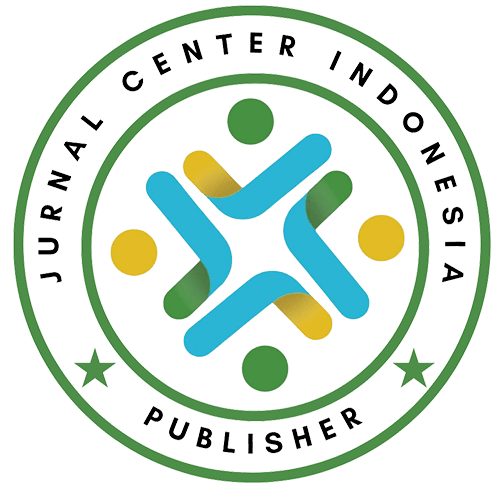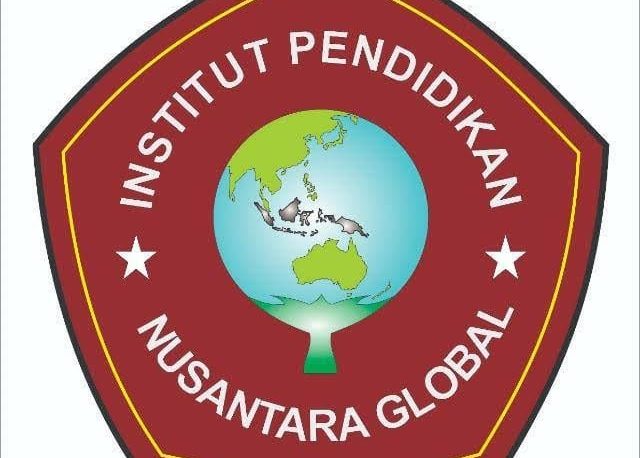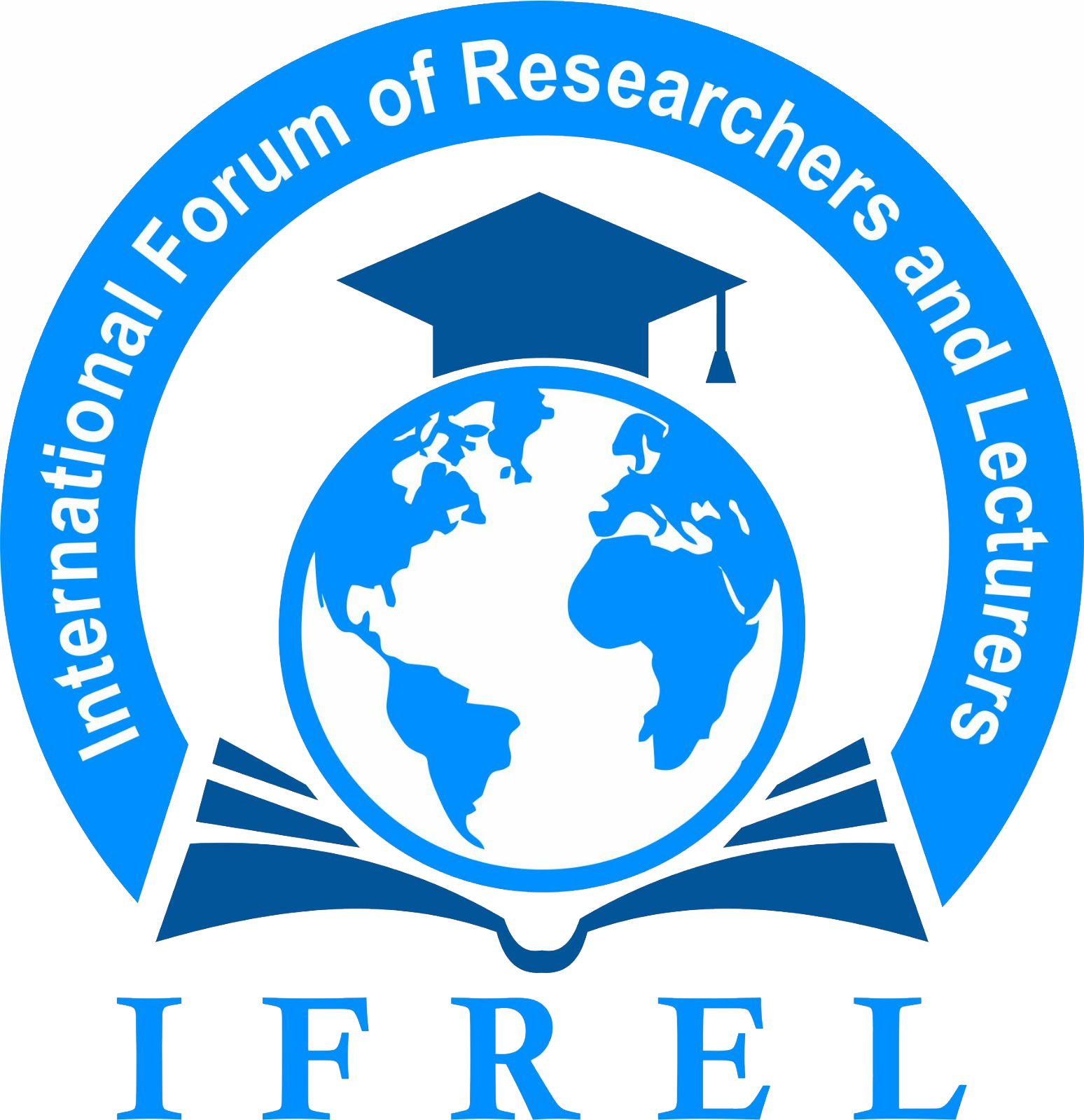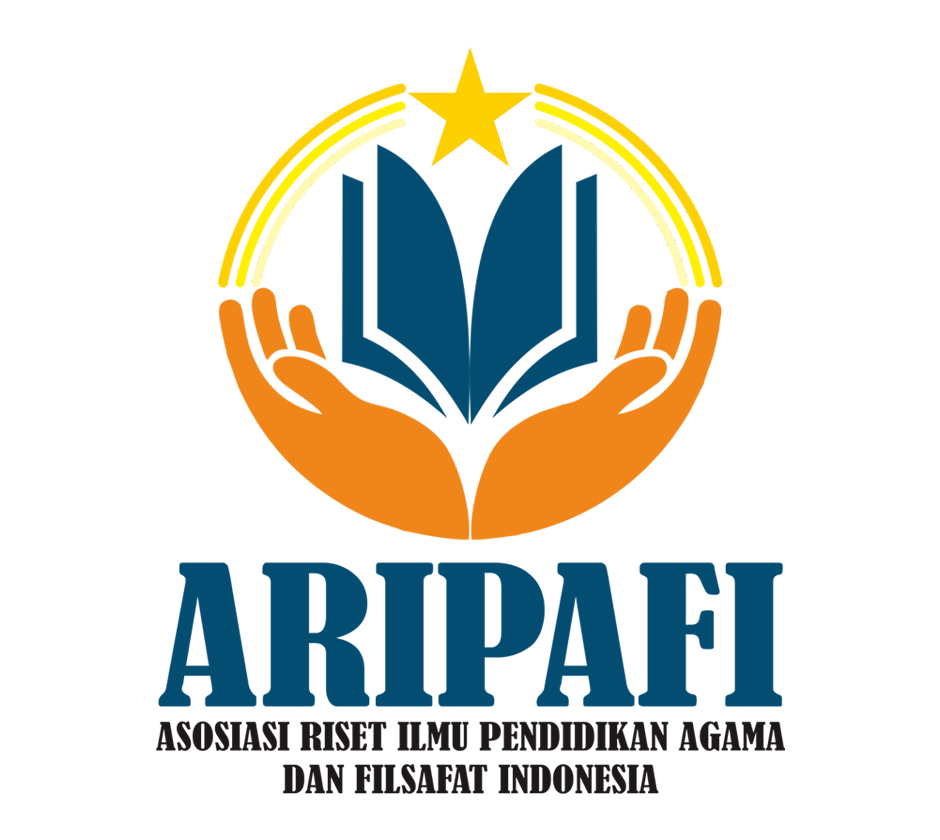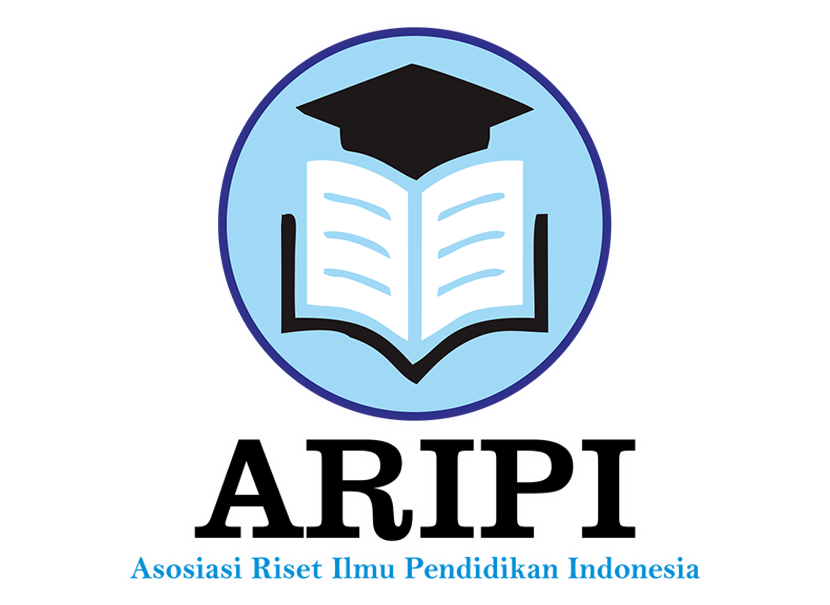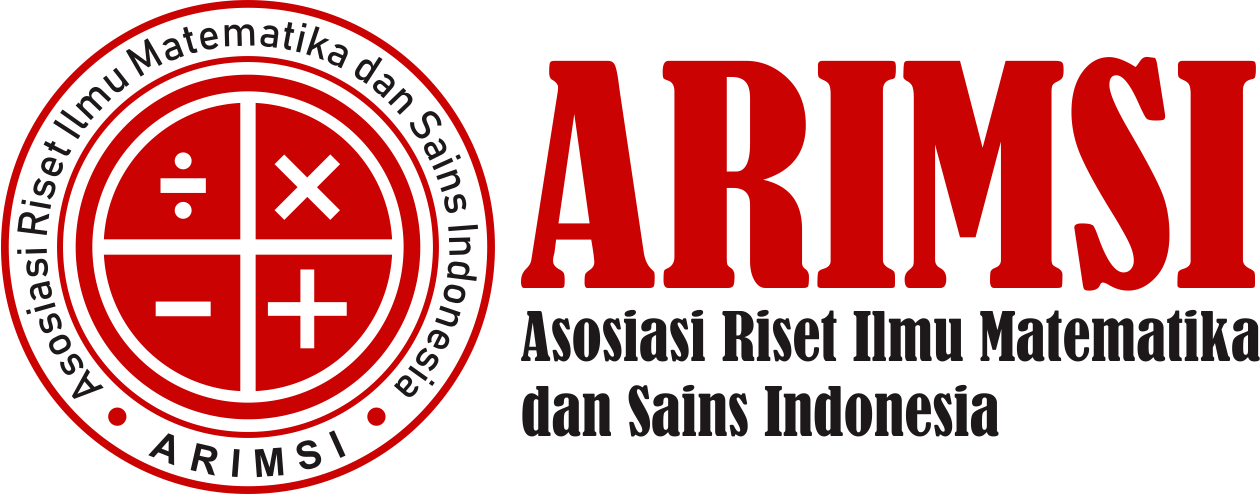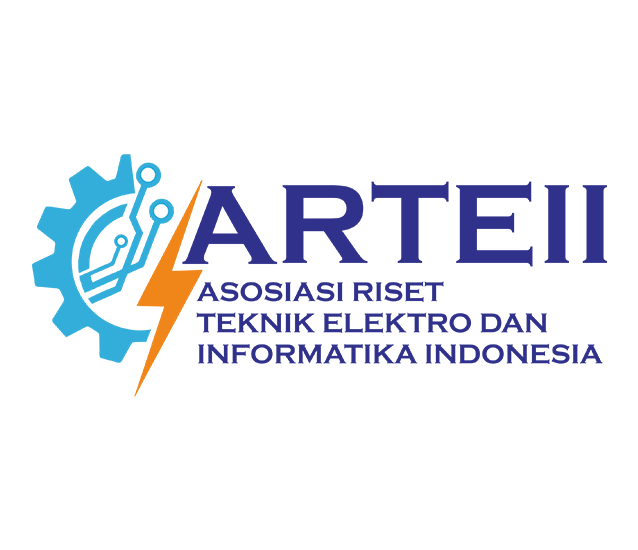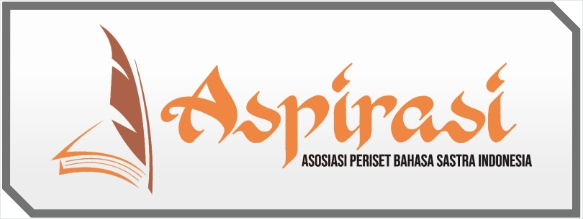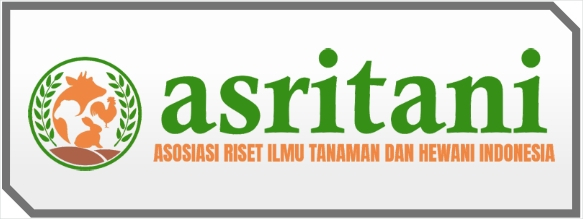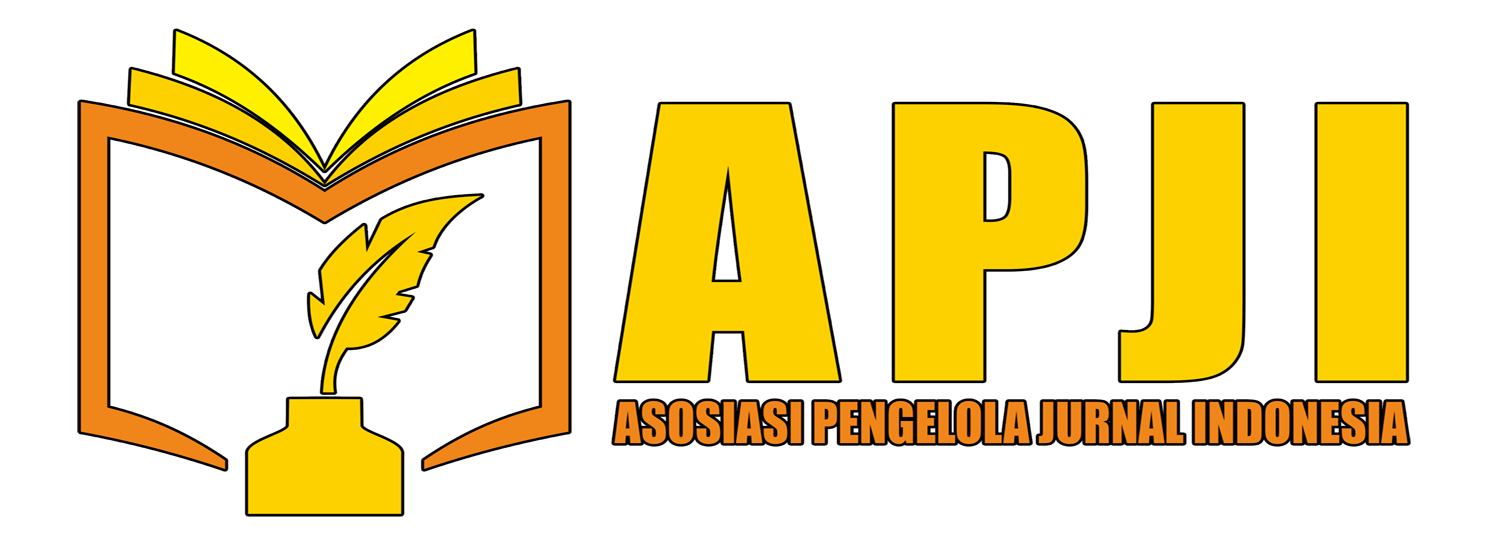ECO-RELIGIOUS TOURISM BASED ON SAUJANA IN TURGO-MERAPI TOURISM VILLAGE
DOI:
https://doi.org/10.62567/micjo.v2i4.1402Keywords:
Ecotourism, Religious Tourism, Eco-religious Tourism, Tourism VillageAbstract
The purpose of this study is to explain the eco-religious tourism model in the Turgo-Merapi Tourism Village area which is part of the Gunung Merapi National Park (GMNP) in Indonesia. This study uses a descriptive-qualitative method to explore the implementation of ecotourism and religious tourism concepts in the Turgo-Merapi Tourism Village area. The data collected are primary and secondary. Primary data were collected through observation and interviews, secondary data were collected through document studies. The results of the study indicate that eco-religious tourism based on saujana is a model that is considered to be able to link tourism developments planned in local government policy (ecotourism) and developments occurring in the field (religious tourism) as well as accommodating the economic and conservation interests. Eco-religious tourism based on saujana model provides a broad idea that not only has a positive impact on environmental conservation, but also strengthens the social, cultural, and spiritual aspects of communities in areas that still practice religious values. This research is still limited to the southern side of GMNP which is located in Sleman Regency, Special Region of Yogyakarta. Further research is needed with the same theme in Magelang Regency, Boyolali Regency, and Klaten Regency so that it can complete the results of this study.
Downloads
References
Ahimsa-Putra, H. S. (2012). Fenomenologi Agama: Pendekatan Fenomenologi untuk Memahami Agama. Walisongo: Jurnal Penelitian Sosial Keagamaan, 20(2), 271–304. https://doi.org/10.21580/ws.20.2.200
Blamey, R. K. (2001). Principles of Ecotourism. In The Encyclopedia of Ecotourism. In: Weaver, David B (ed). The Encyclopedia of Ecotourism (pp. 5–22). CABI Publishing.
Budovich, L. S. (2023). The Impact of Religious Tourism on The Economy and Tourism Industry. HTS Teologiese Studies/Theological Studies, 79(1), 1–7. https://doi.org/10.4102/hts.v79i1.8607
Chang, K. G., Chien, H., Cheng, H., & Chen, H. (2018). The Impacts of Tourism Development in Rural Indigenous Destinations: An Investigation of the Local Residents’ Perception Using Choice Modeling. Sustainability, 10(12), 4766. https://doi.org/10.3390/su10124766
Datta, B. (2024). Unveiling The Socio-Cultural Impact of Religious Tourism at Boudhanath Stupa in Kathmandu, Nepal. GeoJournal of Tourism and Geosites, 53(2), 713–724. https://doi.org/10.30892/gtg.53235-1247
He, S., Yang, L., & Min, Q. (2020). Community participation in nature conservation: The Chinese experience and its implication to national park management. Sustainability (Switzerland), 12(11). https://doi.org/10.3390/su12114760
Hidayah, Z. A., Shafirahaq, S. N., Widiastuti, S., Jalu, B., Lamiasih, Pawestri, E., Cahyo, J. N., & Sa’adah, M. (2022). Tumbuhan Etnomedisin di Kawasan Turgo. KEHATI-LeutikaPrio.
Jackowski, A. (1998). Pilgrimages = Pilgrimage Tourism = Religious Tourism? Discussion on Terminology. Turyzm/Tourism, 8(1), 5–20. https://doi.org/10.18778/0867-5856.8.1.01
Mason, C. W., Carr, A., Vandermale, E., Snow, B., & Philipp, L. (2022). Rethinking the Role of Indigenous Knowledge in Sustainable Mountain Development and Protected Area Management in Canada and Aotearoa/New Zealand. Mountain Research and Development, 42(4), A1–A9. https://doi.org/10.1659/mrd.2022.00016
Moertjipto, Murniatmo, G., Soemarno, Sujarno, & Munawaroh, S. (1996). Wujud, Arti, dan Fungsi Puncak-puncak Kebudayaan Lama dan Asli Bagi Masyarakat Pendukungnya di Daerah Istimewa Yogyakarta. Departemen Pendidikan dan Kebudayaan.
Nuryana, A., Pawito, P., & Utari, P. (2019). Pengantar Metode Penelitian kepada Suatu Pengertian yang Mendalam Mengenai Konsep Fenomenologi. ENSAINS JOURNAL, 2(1), 19. https://doi.org/10.31848/ensains.v2i1.148
Rhama, B. (2019). Taman Nasional dan Ekowisata. PT Kanisius.
Rhama, B., & Reindrawati, D. Y. (2023). Is there any sustainable tourism in National Parks? Case studies from Indonesia and South Africa. Journal of Tourism and Development, 41, 63–77. https://doi.org/10.34624/rtd.v41i0.3240
Sirait, S. (2024). Spiritual being in Parmalim theology of the Batak people in North Sumatra. HTS Teologiese Studies/Theological Studies, 80(1), 1–9. https://doi.org/10.4102/hts.v80i1.9167
Soliku, O., & Schraml, U. (2020). From conflict to collaboration: The contribution of comanagement in mitigating conflicts in Mole National Park, Ghana. Oryx, 54(4), 483–494. https://doi.org/10.1017/S0030605318000285
Sugiarto, E. (2018). Pengantar Ekowisata. Khitah Publishing.
Sugiarto, E. (2019). Kamus Istilah Pariwisata Indonesia. Pustaka Referensi.
Sugiarto, E. (2024). Saujana Candi Selogriyo: Perspektif Estetis, Historis, dan Mitologis. Madani Berkah Abadi.
Sumarmi, S., Bachri, S., Purwanto, P., Mutia, T., Sholeha, A. W., Rahmasyah, P. I., & Shrestha, R. P. (2024). Mangrove Forest Management Strategy in Bedul, Banyuwangi: Collaboration Between Community and Alas Purwo National Park for Sustainable Ecotourism Development. GeoJournal of Tourism and Geosites, 52(1), 85–97. https://doi.org/10.30892/gtg.52108-1185
Sutiksno, D. U., Souisa, W., Purnomo, A., Buyang, C. G., & Lau, E. (2024). The Evolution of Ecotourism on Geoheritage in Scientific Research: A Bibliometric Analysis. GeoJournal of Tourism and Geosites, 52(1), 239–249. https://doi.org/10.30892/gtg.52123-1200
Sutrisno, A. D., Lee, C.-H., Suhardono, S., & Suryawan, I. W. K. (2024). Empowering Communities for Sustainable Transition: Integrating Tourism With Economic and Sociodemographic Dynamics in Post-Mining Strategies. GeoJournal of Tourism and Geosites, 55(3), 1112–1123. https://doi.org/10.30892/gtg.55312-1284
Wijayati, D., & Rijanta, R. (2019). Evaluasi Zonasi Taman Nasional Gunung Merapi. Jurnal Litbang Sukowati : Media Penelitian Dan Pengembangan, 3(2), 15. https://doi.org/10.32630/sukowati.v3i2.93
Downloads
Published
How to Cite
Issue
Section
License
Copyright (c) 2025 Eko Sugiarto, Kiki Rizki Makiya , Novi Irawati

This work is licensed under a Creative Commons Attribution-ShareAlike 4.0 International License.

